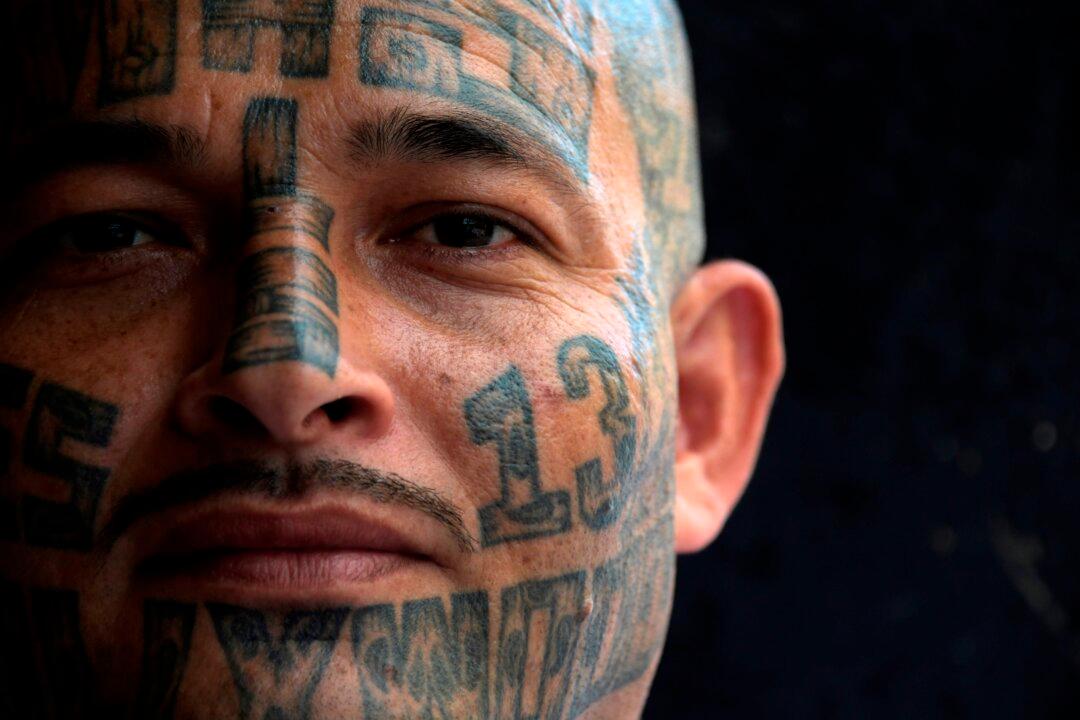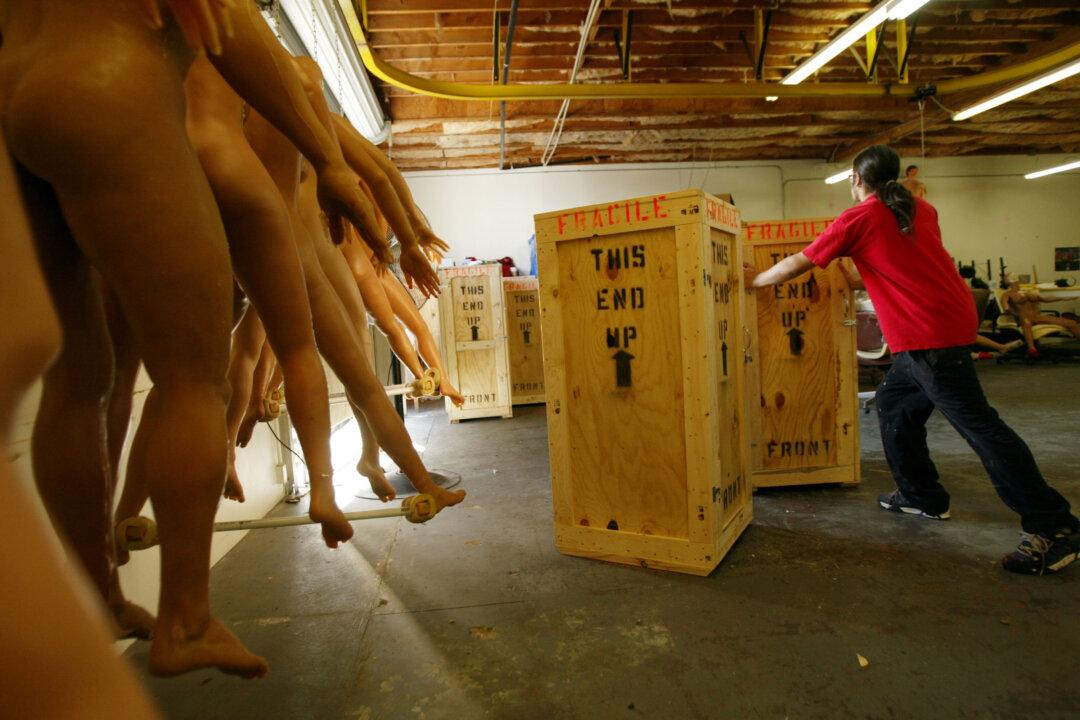The U.S. Attorney’s Office in Los Angeles recently indicted 22 members of the MS-13 gang, known as the “Fulton clique,” for crimes dating back to 2010.
The gang members were charged in connection with a series of increasingly brutal murders and executions, including cases where victims were hacked to death with machetes and had their hearts cut out of their chests.





